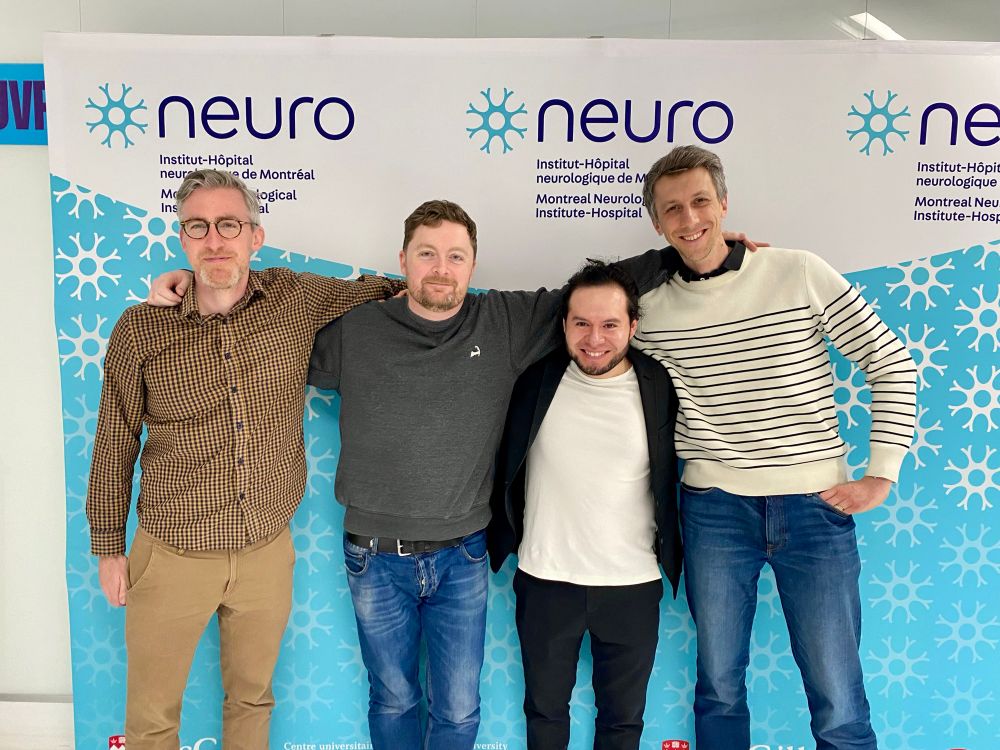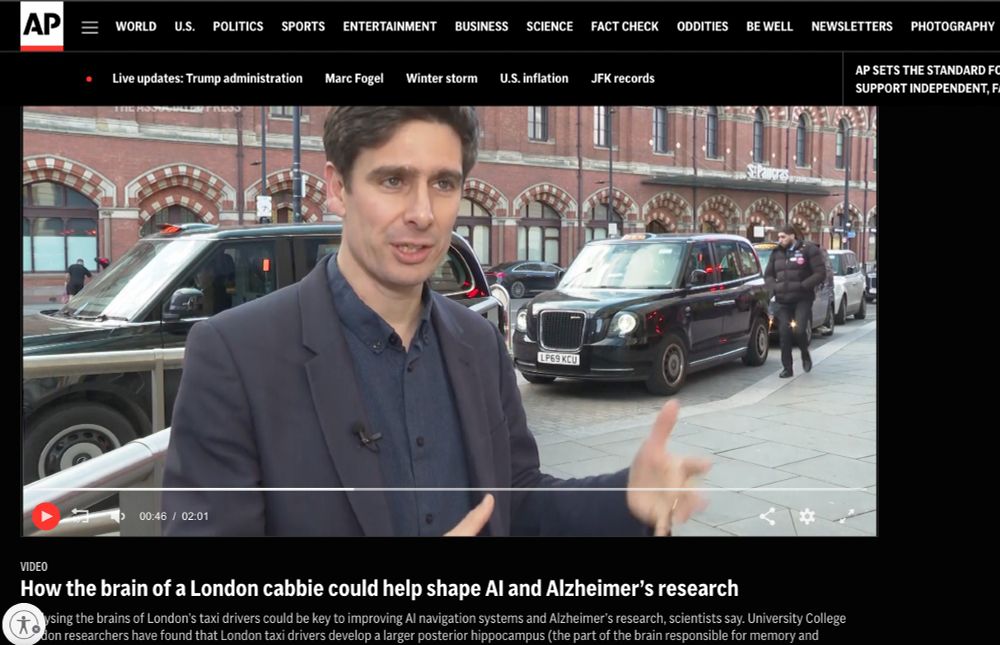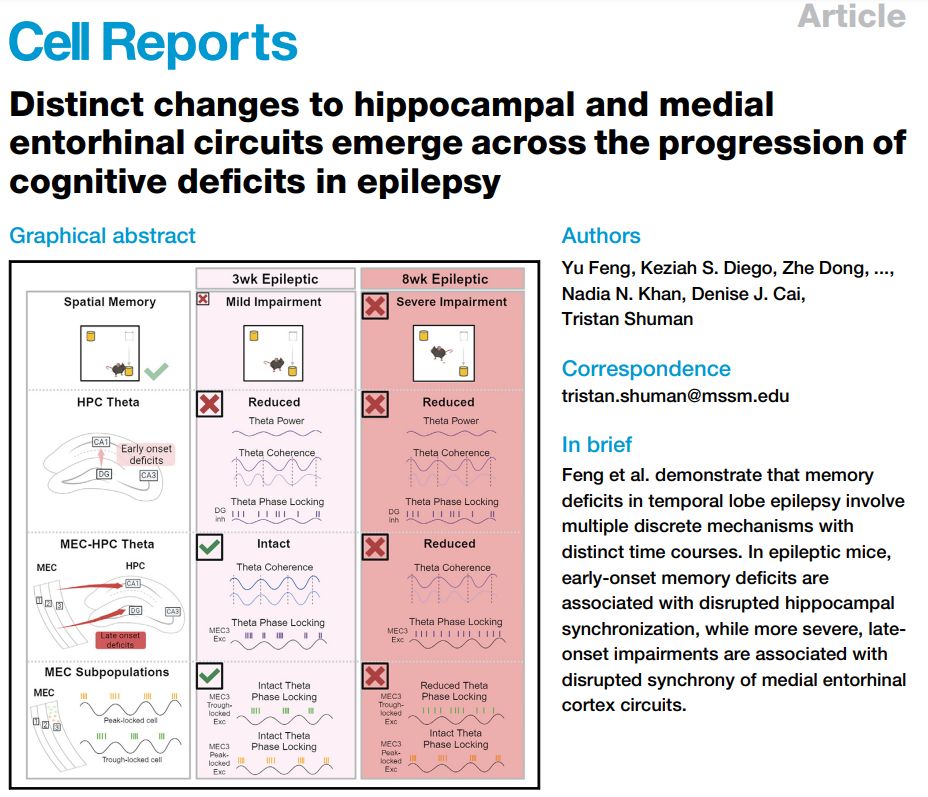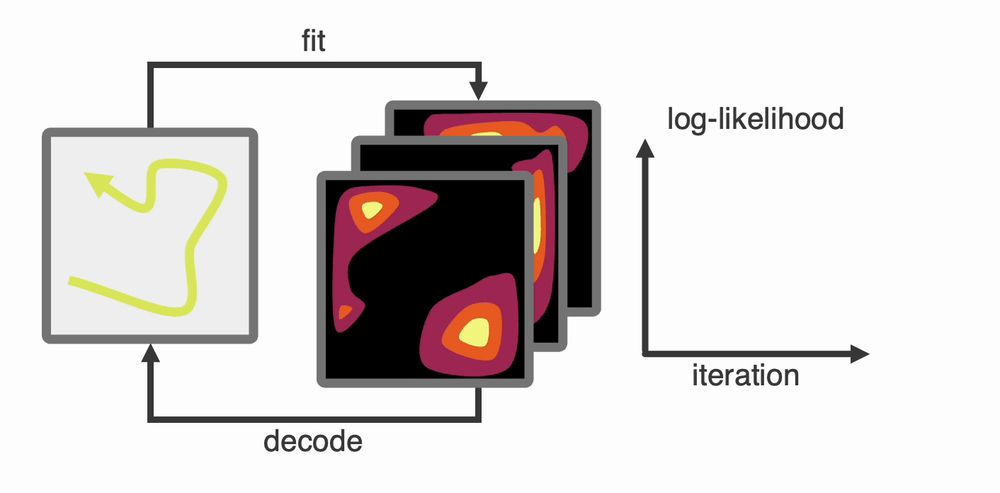www.markbrandonlab.com
Come benchmark yours against real data - nearly 70K CA1 rate maps in various geometric shapes across weeks - collected and curated in my lab by the great @jquinnlee.bsky.social and @atkeinath.bsky.social
The data is available on Zenodo (zenodo.org/records/1486...) and code on Github (github.com/jquinnlee/ge...). Big thanks to @markbrandonlab.bsky.social and @atkeinath.bsky.social on this effort! #neuroskyence 🧠
Come benchmark yours against real data - nearly 70K CA1 rate maps in various geometric shapes across weeks - collected and curated in my lab by the great @jquinnlee.bsky.social and @atkeinath.bsky.social
The data is available on Zenodo (zenodo.org/records/1486...) and code on Github (github.com/jquinnlee/ge...). Big thanks to @markbrandonlab.bsky.social and @atkeinath.bsky.social on this effort! #neuroskyence 🧠
The data is available on Zenodo (zenodo.org/records/1486...) and code on Github (github.com/jquinnlee/ge...). Big thanks to @markbrandonlab.bsky.social and @atkeinath.bsky.social on this effort! #neuroskyence 🧠
Gilberto successfully defended his PhD, on the role of the thalamus in coordinating activity in the entorhinal cortex.
Big thanks to his committee, Laura Colgin, @markbrandonlab.bsky.social, Stuart Trenholm, and @sylvainbaillet.bsky.social 🙏🙏

Gilberto successfully defended his PhD, on the role of the thalamus in coordinating activity in the entorhinal cortex.
Big thanks to his committee, Laura Colgin, @markbrandonlab.bsky.social, Stuart Trenholm, and @sylvainbaillet.bsky.social 🙏🙏
apnews.com/video/how-th...
#neuroskyence

apnews.com/video/how-th...
#neuroskyence
www.cell.com/cell-reports...

www.cell.com/cell-reports...
www.technologyreview.com/2024/09/13/1...
www.technologyreview.com/2024/09/13/1...
Our new preprint "SIMPL: Scalable and hassle-free optimisation of neural representations from behaviour” argues that existing techniques for latent variable discovery are lacking.
We suggest a much simpl-er way to do things.
1/21🧵

Our new preprint "SIMPL: Scalable and hassle-free optimisation of neural representations from behaviour” argues that existing techniques for latent variable discovery are lacking.
We suggest a much simpl-er way to do things.
1/21🧵
BVC models perform remarkably well, but we hope this dataset/approach becomes a resource for testing/refining place cell models
#NeuroSky #NeuroAI 🧪🧠
tinyurl.com/4juhmad8

BVC models perform remarkably well, but we hope this dataset/approach becomes a resource for testing/refining place cell models

